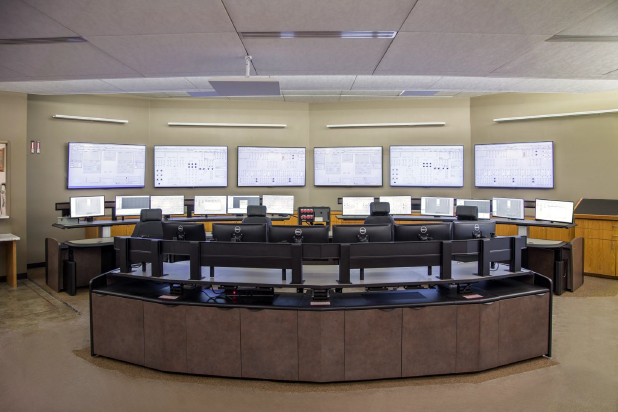Enhancing Cybersecurity in Control Room Operations

In today’s interconnected world, control rooms play a critical role in managing and monitoring essential systems across various industries, from energy and transportation to public safety and healthcare. However, with the rise of cyber threats, it is imperative to prioritize cybersecurity within these operations. By implementing a systematic approach to enhance cybersecurity, control room leaders can safeguard their operations against potential breaches.
Key Cybersecurity Strategies for Control Rooms
First and foremost, it’s crucial to establish a robust framework that includes risk assessments and regular audits of current security measures. Understanding the vulnerabilities associated with technologies used in control rooms, such as operational technology (OT) and information technology (IT), allows teams to tailor their security strategies effectively. Investing in advanced cybersecurity solutions, such as intrusion detection systems and next-generation firewalls, can provide real-time monitoring and protection against unauthorized access.
- Employee Training and Awareness: Regular training for personnel on cybersecurity best practices is essential. Ensuring that all staff members are aware of potential threats, such as phishing attacks or social engineering tactics, can significantly reduce the risk of human error leading to a security breach.
- Incident Response Planning: Developing a comprehensive incident response plan enables control rooms to react swiftly and effectively to cybersecurity incidents. This plan should include clearly defined roles, communication protocols, and recovery procedures, ensuring that teams are prepared to mitigate damage and restore operations with minimal downtime.
Implementation of Cybersecurity Measures
To ensure a more resilient cybersecurity posture, control rooms should focus on integrating both technological and procedural measures. This can include the following actions:
- Access Control and Identity Management: Implementing stringent access control protocols ensures that only authorized personnel can access critical systems. This can involve multi-factor authentication, role-based access controls, and regular reviews of access permissions to prevent unauthorized entry.
- Network Segmentation: By segmenting networks, control rooms can limit the potential impact of cyber threats. Keeping operational technology networks separate from information technology networks can help contain breaches and prevent them from spreading.
- Continuous Monitoring: Employing continuous monitoring practices, including threat intelligence and situational awareness tools, enables control room operations to detect anomalies and respond to potential threats in real-time. This proactive approach allows for quicker interventions and mitigates risks before they escalate.
- Collaboration with Industry Partners: Establishing partnerships with other organizations and industry groups can enhance information sharing regarding best practices, emerging threats, and effective responses. Collaborating on cybersecurity initiatives can strengthen the overall resilience of control room operations across the sector.
The Importance of Continuous Improvement in Cybersecurity Practices
By prioritizing cybersecurity in control room operations not only protects sensitive data and systems but also bolsters the integrity and reliability of services provided. By adopting a proactive, comprehensive approach to cybersecurity, control room operators can navigate the digital landscape confidently and securely.
